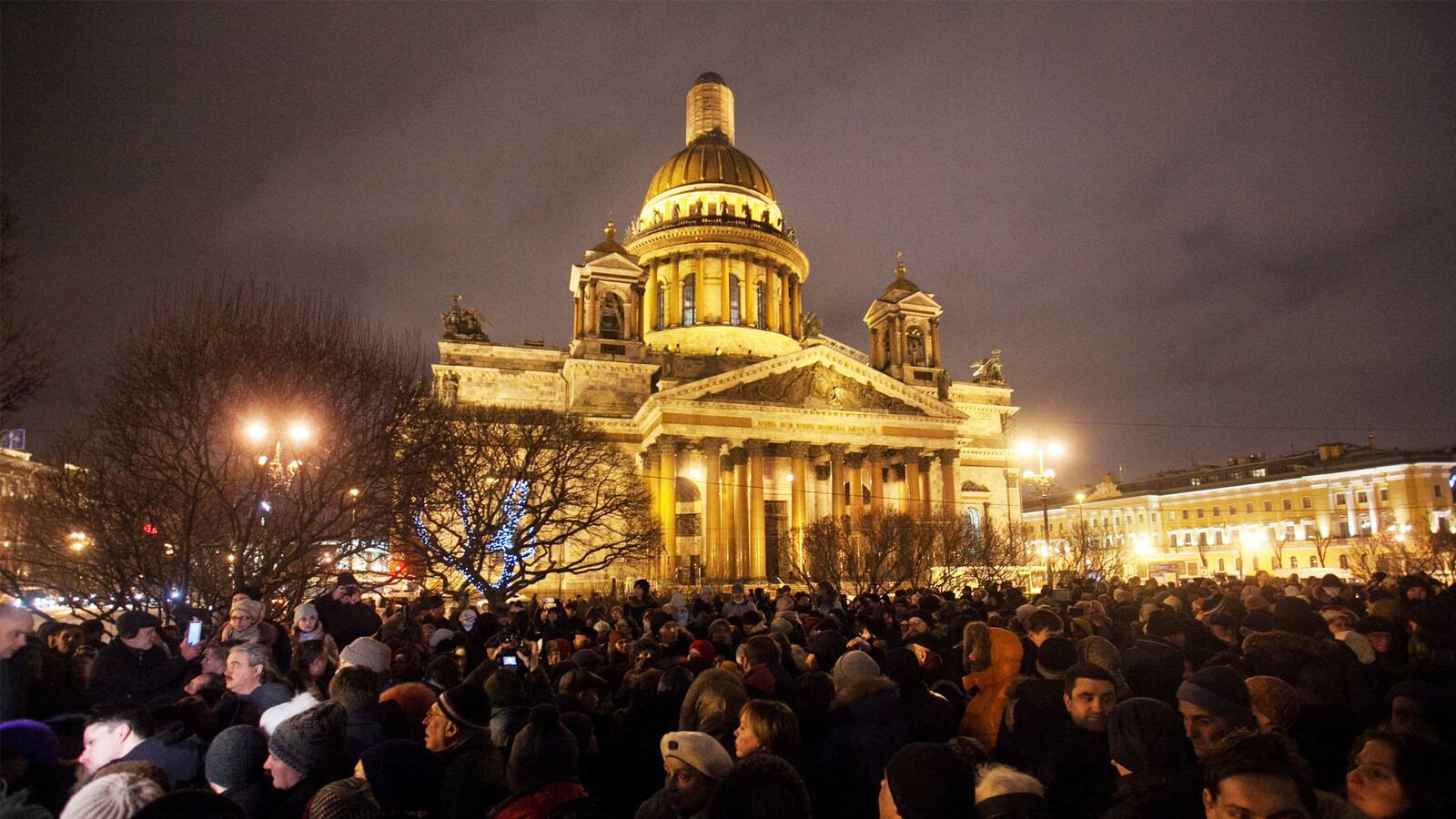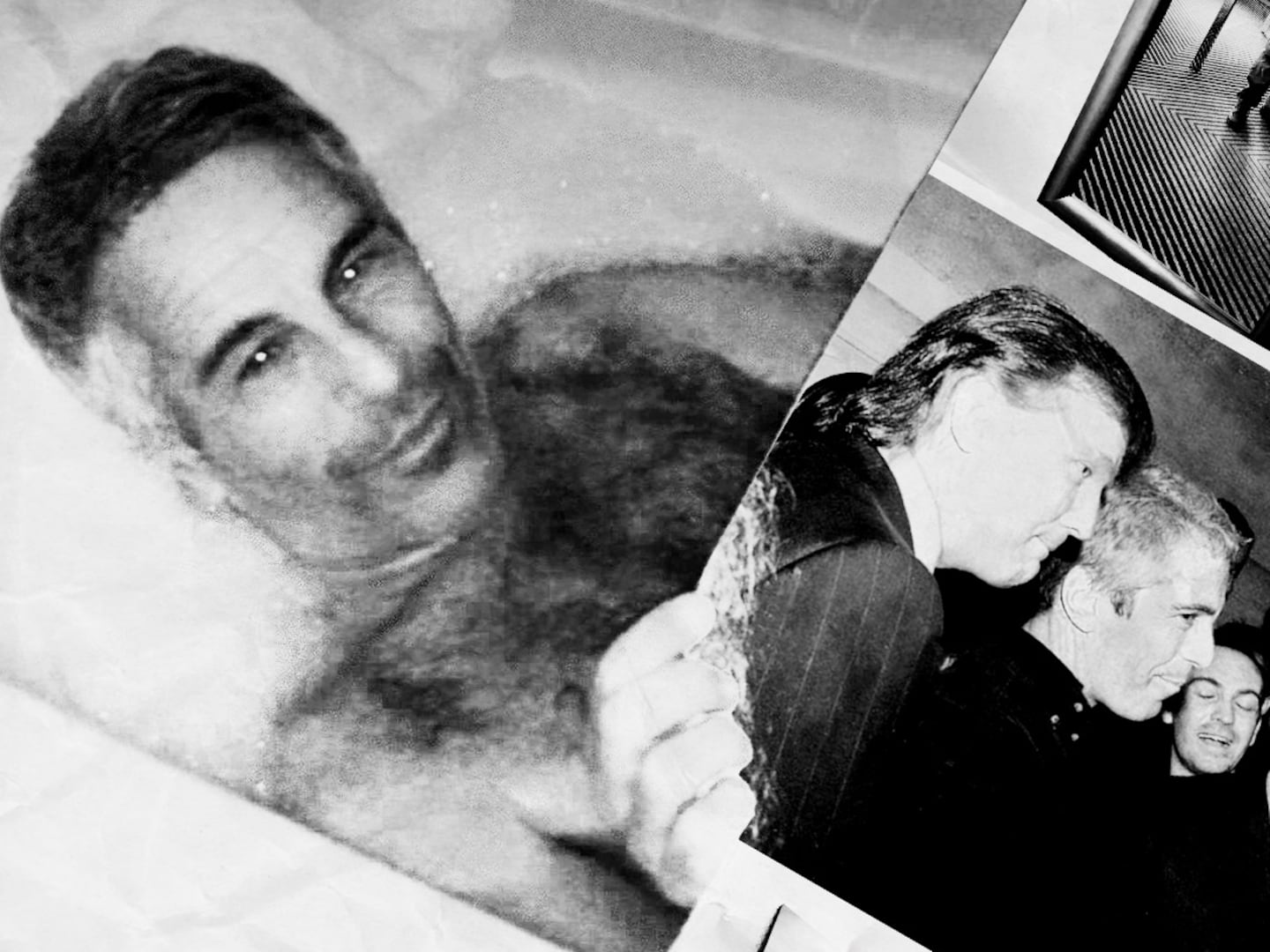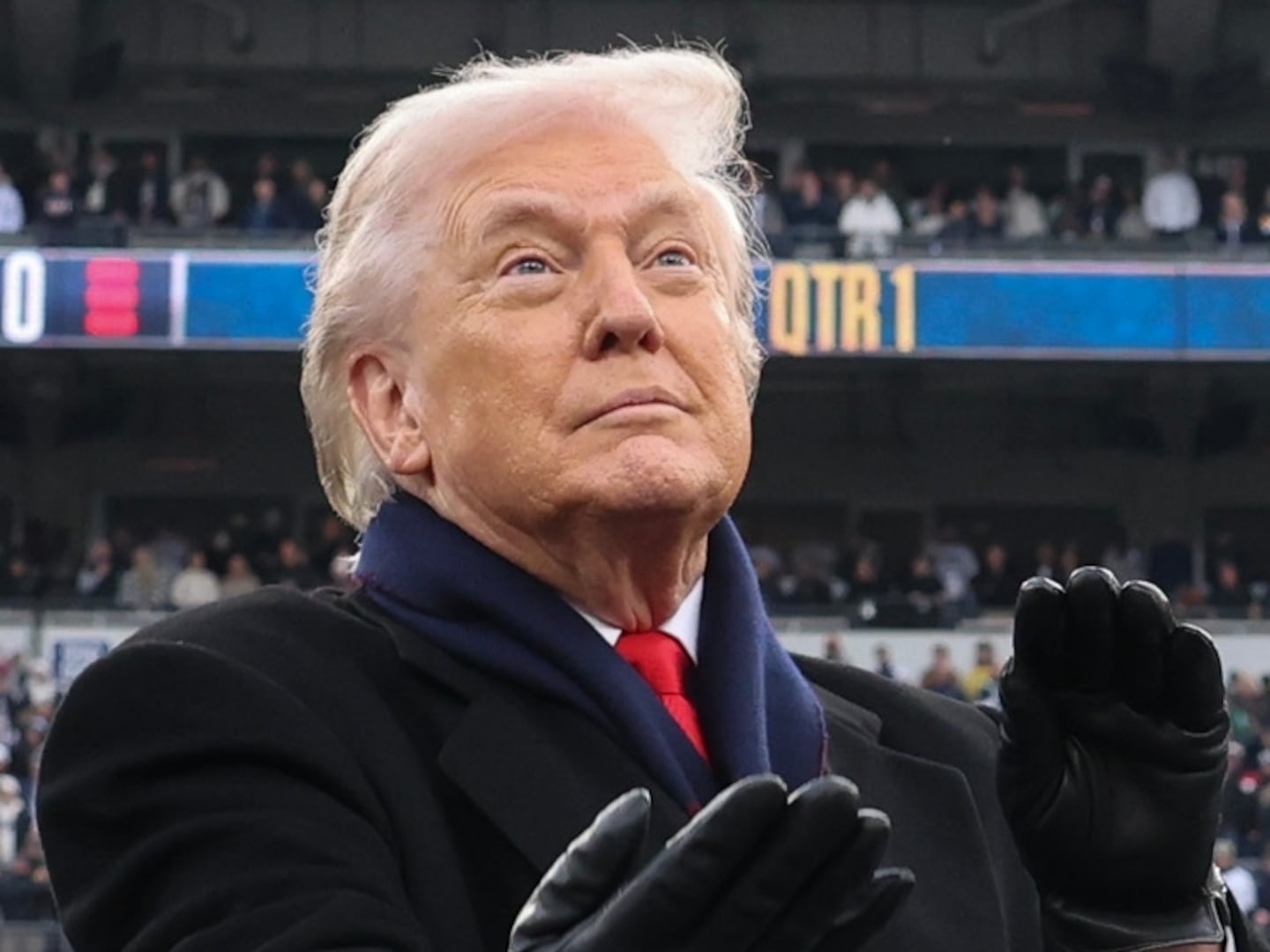MOSCOW—Ksenia Nosova is a tall, red-haired, rather wealthy lady who enjoys traveling around the world, but always returns to her gorgeous home city, St. Petersburg, on the Neva River. It was Russia’s capital under Czar Peter the Great, who built it in the 18th century as “a window to Europe.” Nosova, a 49-year-old speech therapist, knows the history and culture of her city well. She felt at home at its local museums, which she saw as public places, meant to welcome lovers of culture whatever their backgrounds or religions.
But to the astonishment of Nosova and many others in St. Petersburg, on Jan.10 their governor, Georgy Poltavchenko, declared that the city would hand over the keys to one of the most beautiful museums, the St. Isaac Cathedral, to the Russian Orthodox Church. Poltavchenko also said “the issue was decided.” There would be no debate, and those words sparked a significant eruption of protests against the church—or better said, the church and state, which have ever less separation in the Russia of President Vladimir Putin.
Under Putin’s rule, the Russian Orthodox Church has grown very influential. Priests and bishops pushed legislators to make certain restrictions and adopt certain laws in line with their teachings, reaching deep into the cultural life of the country. One example: the storm of controversy surrounding a film still in production about a love affair that Russia’s last czar, Nicholas II, had before his marriage and before he was crowned. Why the cries of blasphemy? Because in 2000 Nicholas was canonized by the Orthodox Church, which considers that saints shouldn’t be shown having affairs.
Last week, the Church came out in support of new legislation to ban anything that might be construed as humiliating to President Putin.
The question of church properties seized by the atheist Soviet communist state almost a century ago has been creating resentments among liberal Russians for several years, ever since the Kremlin approved a law allowing the return of thousands of properties to religious organizations. Many of these buildings had been museums and concert halls for as long as anyone alive could remember. But in 2010, the Russian Orthodox Church started taking control of them, and in the process, has taken much of the life out of them.
That St. Isaac would fall under church authority turned even some true Orthodox believers like Nosova into protesters. She said she was not demonstrating against her religion, she was protesting the policies of the Russian Orthodox Church. “Until now my friends—Muslims, Jews, atheists—could visit the museum at St. Isaac rCathedral and feel relaxed, as it was a secula, friendly place beloved by foreign tourists,” Nosova told The Daily Beast. “Our church is so greedy. It has already taken control of Kazan Cathedral. I went there to pray the other day and looked dark. I counted only six other visitors.”
In most Russian cities, such a deal might go smoothly, but not in St. Petersburg, the deputy chief editor at Echo of Moscow, Olga Bychkova, told The Daily Beast. “I can hardly think of another Russian city, where people would value their architecture and culture more than in St. Petersburg,” she said. “It does not surprise me that people rose up against the Russian Orthodox Church to show that the society cannot be always neglected.”
Orthodox believers have long had a place to pray at the St. Isaac museum cathedral, but as a secular cultural center it was also a place where visitors of any confession felt free to walk around, chat about history—and laugh. Every day St. Isaac’s welcomes crowds of visitors. It is one of the top attractions in St. Petersburg.
So, first hundreds, then thousands of people came out to the streets to demonstrate against the overwhelming influence the Russian Orthodox Church exerts on internal policy. Russian Patriarch Kirill called on the public to see a symbolic meaning of unity in passing the cathedral under the Church’s wing. But the critics insisted that it would divide Russian society. Hundreds of people came out to rallies, knelt down on the snow, and read aloud their constitutional rights. Earlier this month over 2,000 protesters gathered outside the cathedral. Holding hands, people made three circles around St. Isaac in horovod, or roundelay, a traditional dance since pagan times.
“Both the governor and Russian Orthodox Church are unbelievably cynical, if they think they can make such important decisions without asking the museum’s managers and us, the society,” said Nina Mikhailova, a retired professor who came to street rallies with her two grandsons.
Museum managers, including the director of the Hermitage, Mikhail Piotrovski, along with well-known academics and public figures spoke against of the Church taking over state museums.
Then, as sometimes happens, the Kremlin surprised its critics, distancing itself from the scandal and from Governor Poltavchenko.
With the next Russian presidential election only a year away, even if the outcome is foregone conclusion, Putin is being careful about such contentious questions.
“A few months before his election campaign, Putin cannot afford mass protests in his former home town,” suggested independent political analyst Dmitry Oreshkin.
But one of the anti-Church movement activists, Diana Kachalova, remains skeptical. She did not believe that authorities were sincerely taking the side of the protesters.
“The Kremlin is looking for a compromise for St. Isaac’s future, not because they are such democrats but because they do not need a powerful opposition movement right before the election campaign,” Kachalova said. The protests, she said, will go on.






